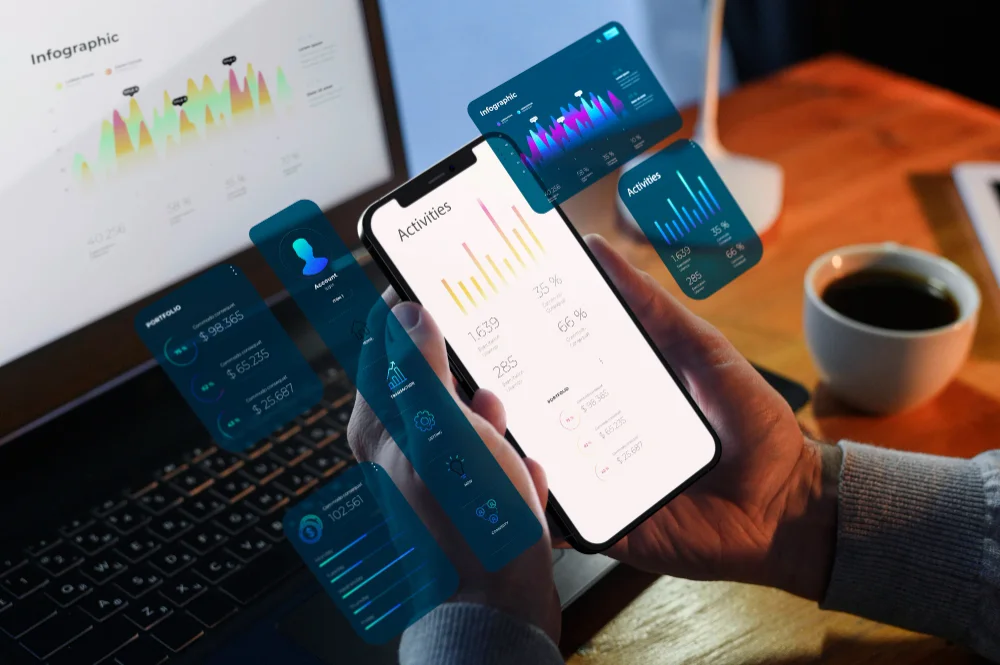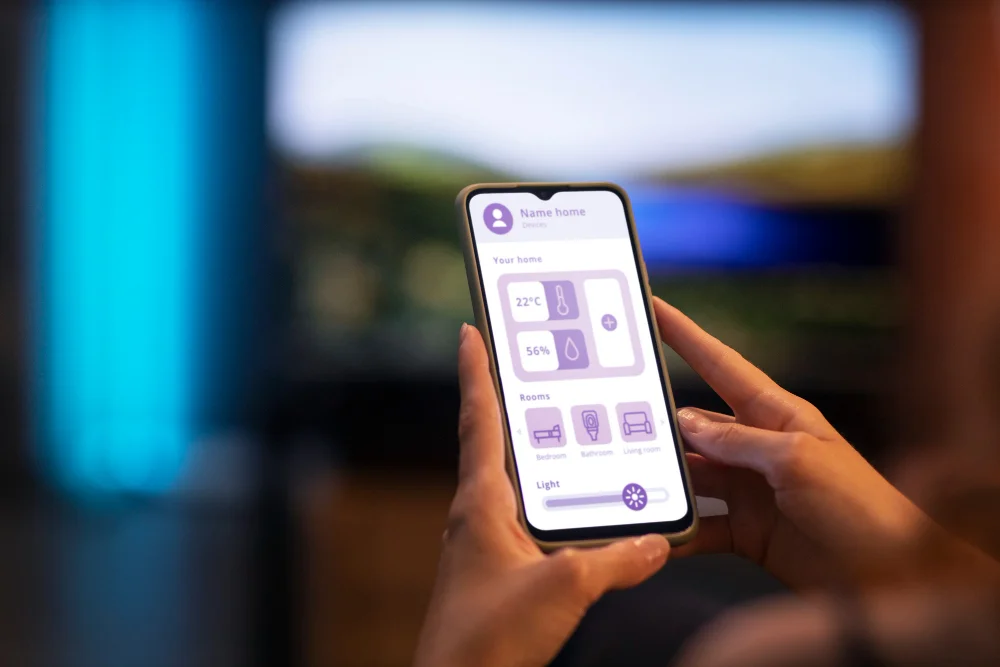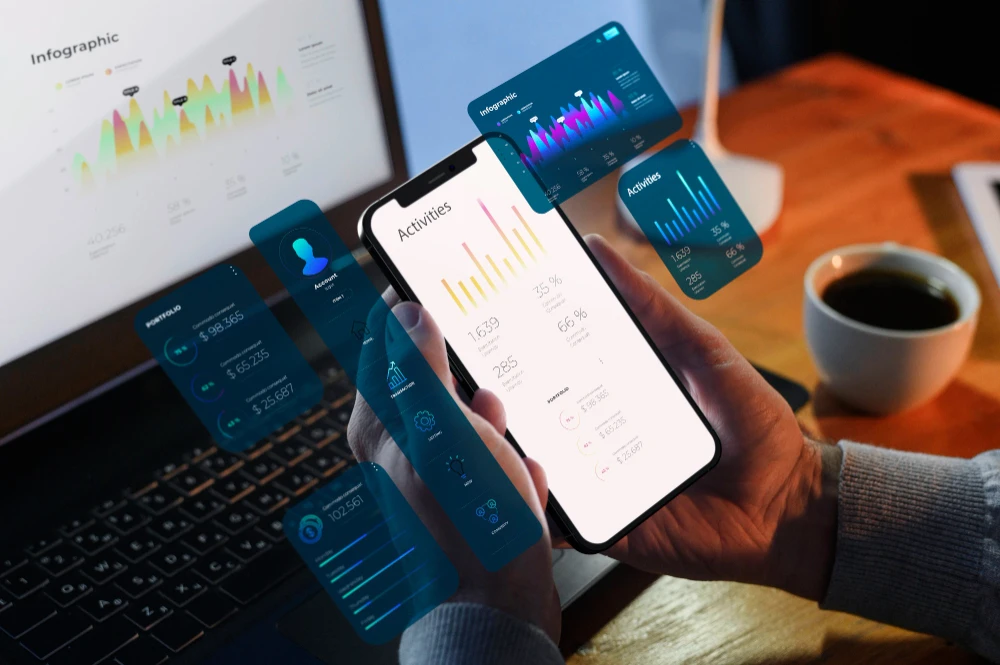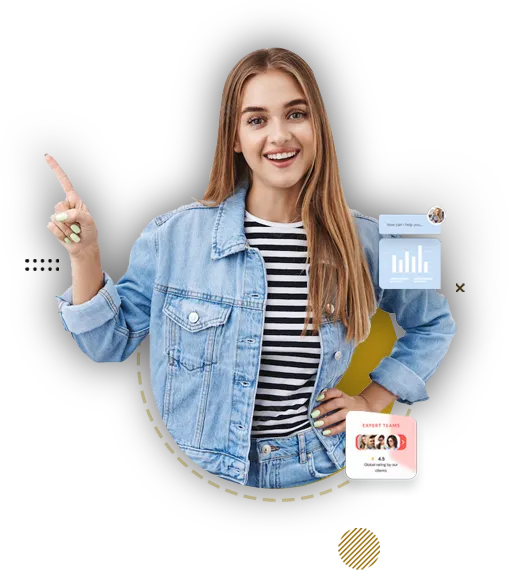Share Posts
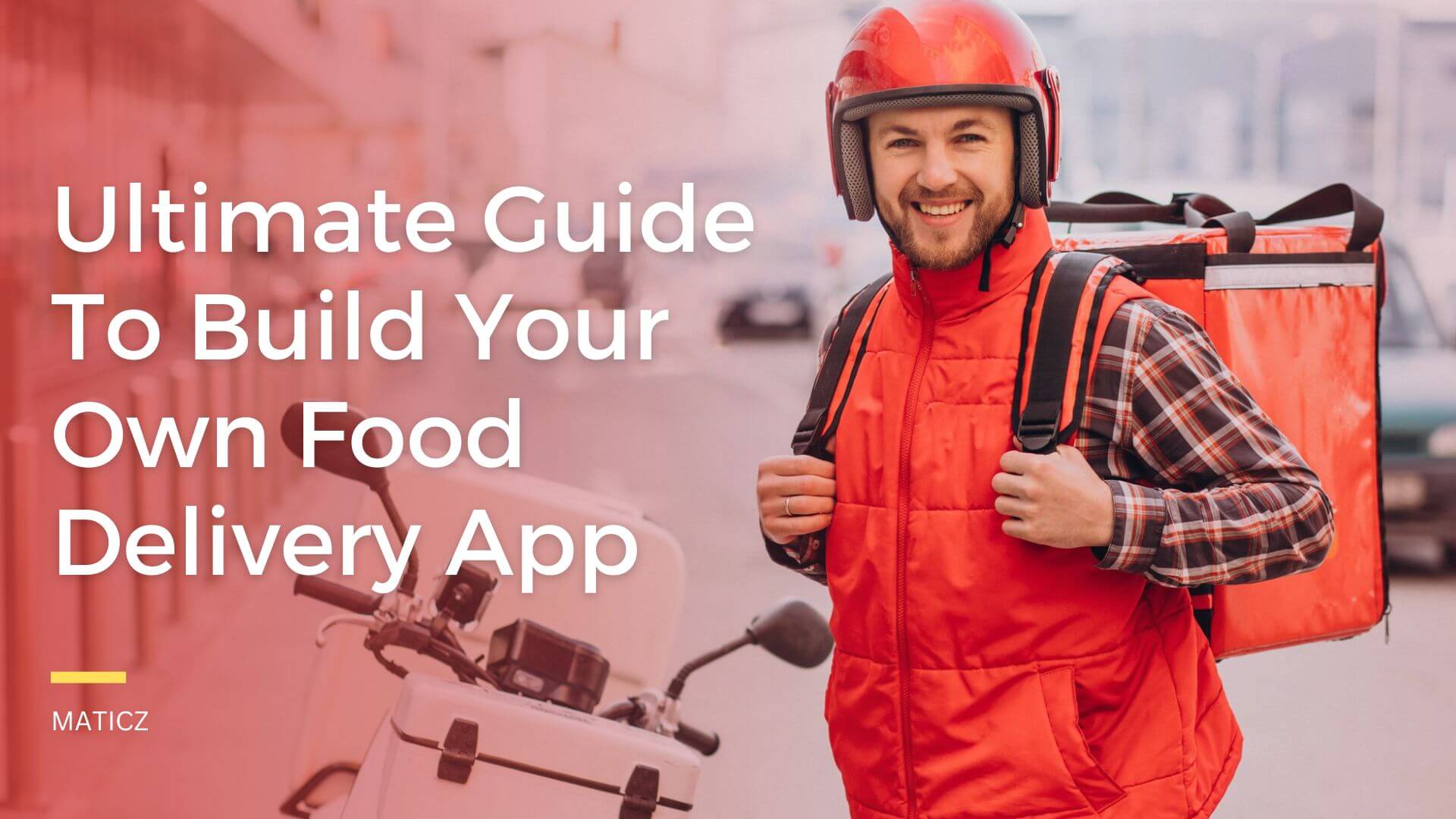
How to Make a Food Delivery App?
49
5071
103
The online food delivery industry is roaring successfully and the milestones achieved by food delivery applications like Ubereats, Zomato, Swiggy, etc., encouraged big-time investors to cash in on this thriving niche.
Further down this line, some key statistics on the online food delivery application industry and the guidelines for creating a pitch-perfect food delivery app are discussed in detail.
What is a Food Delivery App and Why is it Popular?
Food Delivery App is a third-party software available as mobile applications & online platforms that collaborate with local restaurants to showcase the menu and enable customers to order food or groceries & have it delivered to their doorstep.
The glorious phase of the online food delivery business started with the technological developments in the smartphone and advancements in the food delivery mobile application. These business models enable restaurants to amplify their popularity and increase their exposure in the local region while helping them generate more revenue. In addition, it creates a lot of parts or full-time employment opportunities and allows local delivery executives to earn an adequate income. From the customer's point of view, it enables them to order their favourite foods at discounts while having them delivered to their doorstep.
The above points explain why this next-gen online application found its way and gained popularity among stakeholders and users.
Facts & Stats on On-Demand Food Delivery App
(i) According to Grand View Research, the online food delivery market will reach an astonishing $300 bn in 2030 at a CAGR of 10.3%.
(ii) The same report also reveals that the revenue in the online food delivery business will reach over $500 bn by 2030.
(iii) According to Business of Apps, Ubereats, the most popular delivery application, generated a massive $11 bn in revenue and will increase.
(iv) After Ubereats, another popular food Delivery application, Delivery Hero, accounted for around $5 bn in revenue.
(v) The revenue of the hotel increase by an average of 12% when they collaborate with the their-party food Delivery services
How to Build a Food Delivery App?
The above statistics & facts on the online food delivery market explain the blooming phase of the niche. The food delivery app development guidelines help startups or corporations develop and deploy a fine-tuned online food delivery application to conquer this profitable market.
Here is a step-by-step process to create an online food delivery application.
1. Analyze the Online Food Delivery Market
The key to success in the online food delivery industry is to analyze the online market, competitors, trends, demand, delivery methods, etc. It helps to develop a conceptual idea that makes the foundation of the online food delivery mobile application. In addition, it enables businesses to figure out the strength of the business and evaluate the scalability of offering unique services on this business model.
2. Select a Suitable Business Model
Choose the business model after developing a solid concept for the food delivery application. The online food delivery business model depends on transactions and customer segments. The business model should contain complete information like value propositions, key activities, resources, cost structure, revenue sources, customer relationships, customer segments, key activities, stakeholders, etc.
3. Focus on Revenue Models
Include profitable revenue sources like premium packages, sponsored advertisements, etc., in the food delivery mobile application for maximizing ROI. Some revenue models of online food Delivery apps are:
Delivery Fee
The food delivery application charges a reasonable delivery fee for every order placed. delivery fee is calculated based on the peak hours, distance to cover, etc., and it is the second most profitable revenue source.
Restaurant Commission
Apart from charging a small fee from the user, the application also charges a specific amount from the restaurant as a commission fee. The amount varies from city to city & based on the number of orders placed.
Subscription Model
In addition to enabling users to order food from home, the application also helps them unlock various perks & benefits by opting for a premium subscription. It is the most profitable revenue source and is a bit higher than the other charges.
4. Functionality and Integration Analysis
Select the features and functionalities to include in the application after choosing the revenue models and it should focus on the following three parties.
Client
1. Initiate the sign-up process. Allow restaurants to create their account, order & track food, reach support, etc.
2. Allow them to review and give ratings to the restaurant & the delivery executive while allowing them to chat or call the restaurant or executive for order updates or any specific reasons.
3. Enable various payment systems like debit cards, credit cards, digital wallets, cash on delivery, etc.
4. Include appropriate and user-friendly functionality to place orders from the restaurant menu seamlessly.
Restaurant
1. Include the sign-up page and enable the restaurant to collaborate through easy steps by providing details like name, location, menu, contact details, etc.
2. Provide functionalities to help them partner with the delivery executive safely deliver the food order.
3. Include a cross-interface system for communication between the restaurant, the customer, and the delivery executive.
4. Help them update the menu or provide additional information.
5. Attract them with flexible business packages and revenue options.
6. The app should also include tools to receive & process the orders while helping them manage their accounts.
Executive
1. Provide beginner-friendly tools to enable instant sign-up. The process should require information like name, contact, license, vehicle, etc.
2. The food delivery app customized for a delivery executive should include features to manage orders & update order status after delivery.
3. Include a communication or chat system between the restaurant, customer, and the delivery executive for order status.
4. Provide a dashboard to check earnings, total orders, etc.
5. Estimate the Budget and Gather the Resource
It is important to estimate the cost required to develop a new-age food delivery mobile application, and it usually costs around $25,000 to $100,000. In addition, gather the necessary resources and capital while selecting the technological frameworks and tools to build the application. The tech stack generally depends on the functionality and the integrations required in the application.
The time to build an online food delivery mobile application takes around 2 to 6 months, based on the scope of the application.
6. Start the Development Process
Approach the best on-demand Food Delivery App Development Company to develop & deploy a next-gen food delivery mobile application based on the business requirement, after selecting the application requirements and securing adequate resources. The development process usually consists of,
Prototype Development
The food delivery mobile app developers create a user flow logic and the application prototype based on the app requirements.
UI/UX Design
UI/UX design involves the incorporation of the specific functionality of the application interface.
Development
The development process consists of providing front and back-end functionality of the application to create an actual product.
Testing
Once the food delivery app is fully developed, the product undergoes a series of software testing to ensure the food delivery mobile application is free of technical glitches.
Deployment
Once the product is tested and its quality is proven, it is deployed into suitable platforms successfully.
Why Develop an Online Food Delivery App?
Starting an online food delivery business can be profitable and help investors maximize their ROI in a short time. They enable local restaurants & stores to amplify their business and earn more. They create more local employment opportunities and help consumers to get cashback, referral income, or rewards to save based on their purchases.
So, only the food delivery app is the only way to modernize the shopping mode while helping the stakeholders & users to earn profitably. Market analysis and new-age integrations are the two major factors that highlight the best food delivery application in the market and attract millions of stakeholders & users.
In case of any food delivery app development requirements, reach us, and we are a leading Software development company that helps you transform your online food delivery app business ideas into a scalable food delivery application.
Tap Into the Future
The latest insights, posts, and project updates - straight to your inbox.
